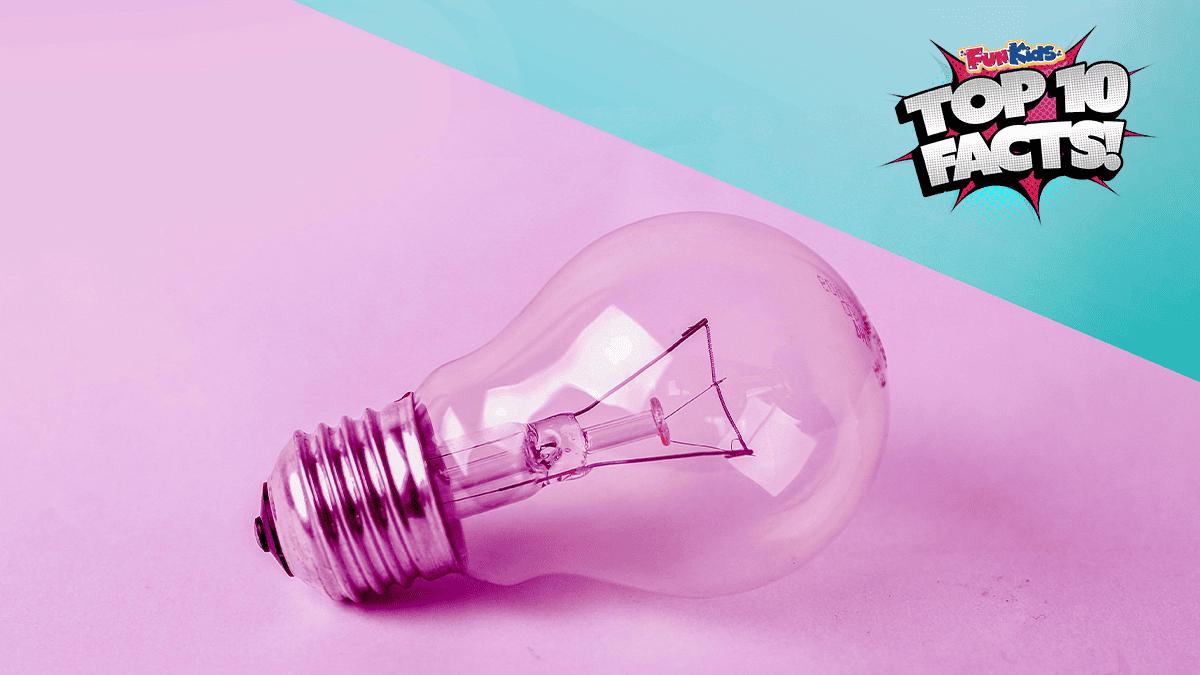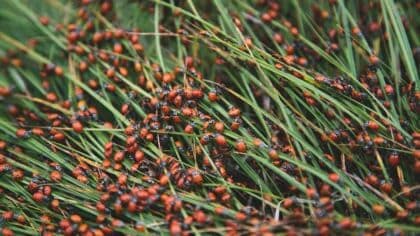Embark on a journey of surprises and curiosities as we unravel the mysteries hidden within our everyday world. Imagine oranges that defy their iconic hue and a palace with more rooms than you can count. Discover the unexpected origins of Play-Doh and the secret depths of our planet’s oceans. Join the online masses, where the internet connects minds across the globe. Brace yourself for a brain freeze, both literal and scientific. This is no ordinary expedition; it’s a delightful romp through the extraordinary. Get ready to be captivated by the unexpected wonders that surround us!
1. The cornea is one of two parts of the human body without blood vessels.
The cornea is the clear, dome-shaped front surface of the eye that covers the iris and pupil.
It plays a crucial role in focusing light into the eye. Unlike most other tissues in the human body, the cornea does not have blood vessels.
Instead, it receives nutrients and oxygen directly from the tears on its outer surface and the aqueous humour, a clear fluid found in the front part of the eye.
This helps to maintain the cornea’s transparency, essential for clear vision.
Embed from Getty Images
2. Oranges weren’t originally orange!
Originating in Southeast Asia, wild oranges were green.
Through centuries of cultivation and selective breeding, humans developed the sweet orange we know today.
The process favoured orange-hued mutations, leading to the development of the vibrant colour we associate with oranges.
This evolution in colouration made the fruit more appealing and easier to distinguish when ripe.
Embed from Getty Images
3. Your fingers don’t have muscles.
The fingers themselves lack muscles, and their intricate movements are made possible by the collaboration of muscles located in the palms and forearms.
Tendons connect these muscles to the fingers, enabling precise control over intricate motions such as typing, writing, and grasping objects.
Embed from Getty Images4. Travelling to Jupiter, Saturn, Uranus, or Neptune and landing is impossible as they don’t have a solid surface.
Unlike Earth, these gas giant planets lack a solid surface.
Their compositions primarily consist of dense atmospheres, liquids, and gases.
Attempting to land on these planets would be like trying to land on a giant, turbulent ball of gas, making it practically impossible for any spacecraft or object to settle on a solid ground.
5. Buckingham Palace has a total of 775 rooms, including 78 bathrooms.
Buckingham Palace, the iconic residence of the British monarch in London, boasts an impressive 775 rooms.
These spaces serve various functions, including official state affairs, ceremonies, and private living quarters for the royal family.
Among these rooms are 78 bathrooms, which is pretty handy if everyone needs the toilet at the same time!
Embed from Getty Images6. Play-Doh was originally invented to be wallpaper cleaner.
Play-Doh was initially created in the 1930s as a wallpaper cleaner.
Its soft, malleable texture and ability to lift soot and dirt without damaging surfaces made it an effective household cleaning tool.
However, its transformation into a popular children’s toy occurred when people recognised its potential for creative play and artistic expression.
Embed from Getty Images7. The Mariana Trench in the Pacific Ocean is the deepest spot on Earth, stretching nearly seven miles.
The Mariana Trench, situated in the western Pacific Ocean, reaches a staggering depth of 36,201 feet (11,034m), making it the deepest point on Earth.
The immense pressure and extreme conditions at this depth create a challenging environment for exploration.
The trench is home to unique and poorly understood deep-sea ecosystems.
8. The global count of internet users is over 5 billion.
The internet has an astounding global user base exceeding 5 billion people.
This widespread connectivity has transformed how individuals communicate, access information, and conduct business on a global scale, marking a significant milestone in the digital age.
Can you imagine life without it? What do you think it would be like?
Embed from Getty Images9. Pineapples take two years to fully grow.
Pineapples undergo a lengthy and intricate growth process that spans approximately two years.
From the planting of the pineapple crown or the offset, it goes through stages of vegetative growth, flowering, and fruit development before reaching full maturity.
This extended growth period contributes to the pineapple’s unique flavour and texture.
Embed from Getty Images10. Brain freeze is known as “sphenopalatine ganglioneuralgia” in scientific terms.
The sudden and intense headache triggered by the consumption of cold substances, is known as brain freeze, but did you know it has a scientific name? Sphenopalatine Ganglioneuralgia!
This phenomenon occurs when cold substances come into contact with the roof of the mouth, causing blood vessels to constrict and then rapidly dilate, resulting in a sharp pain sensation.
Embed from Getty Images Add a commentTop 10 Facts
From the Tudors to rocks to fish, we have all the best facts right here!
More From Top 10 Facts






